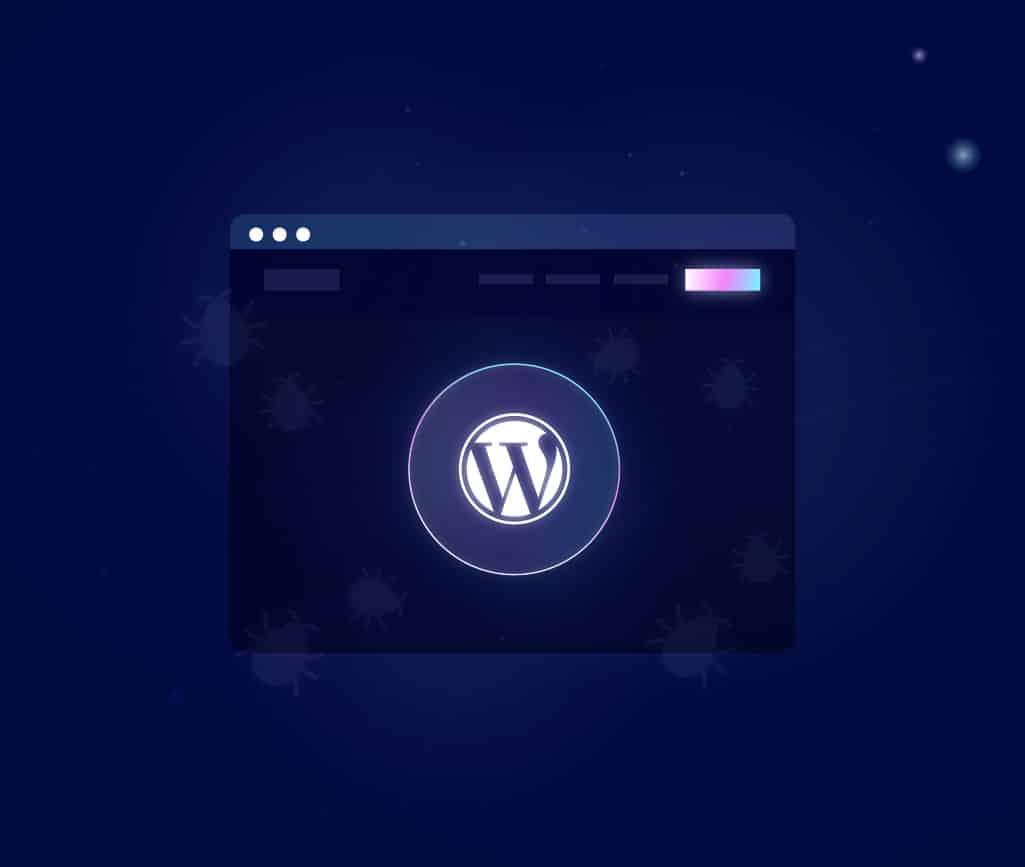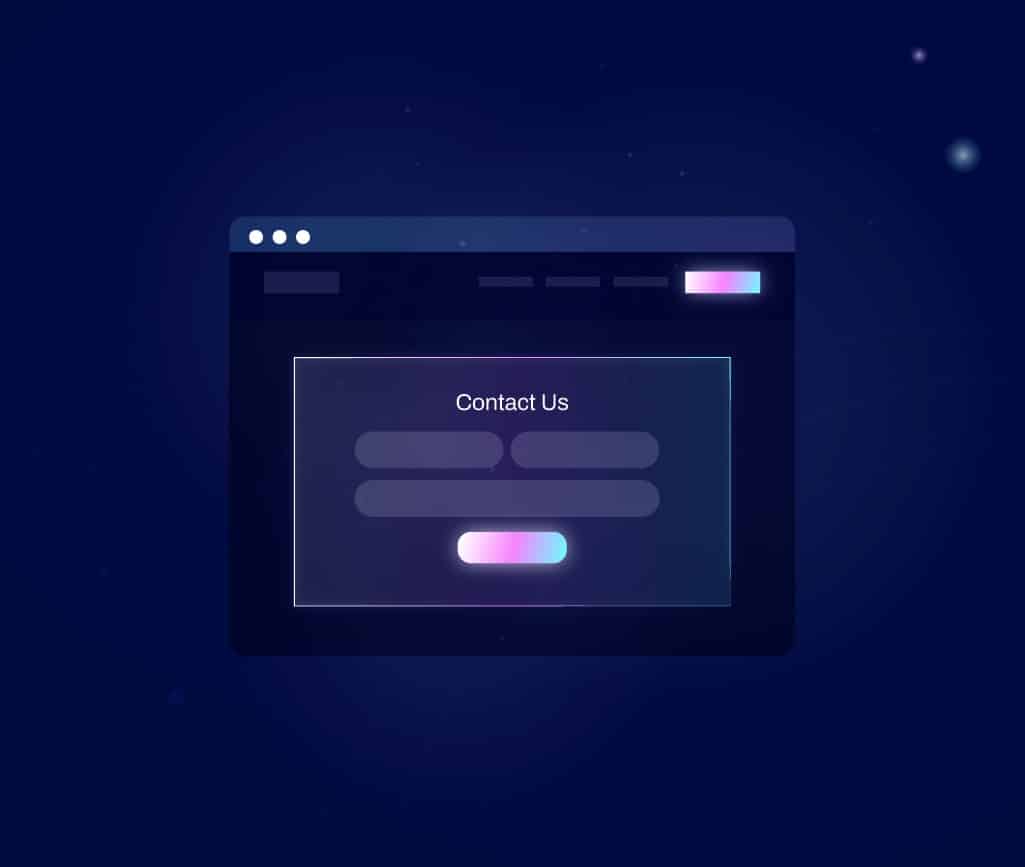Strategy
10 minute read
How to Convince Leadership It Is Time for a Website Redesign.
LAST UPDATED:
August 15, 2023


If you’re reading this you’re likely a marketing professional who’s in charge of generating demand for your business.
You have challenging KPI’s to meet, limited resources, and limited time to get you there. You also, most likely, don’t have a website that’s up to the challenges you’re about to face.
Just having a website is not enough these days. It needs to be functional, responsive, SEO optimized, connect with your customers, and have a design that stands out.
You know that – but do your bosses?
How do you convince leadership that web design services can help with rebranding and getting a better foothold in the market?
For this, there are several key elements. First, you need to look at things from management’s perspective to understand why they may oppose such an idea of a full website redesign.
From there, have a clear grasp of the value the new website could offer and use this insight to address the concerns of the website redesign process that leadership may have.
In this article we’ll be outlining a few different ways you can approach this conversation with your leadership team and how to create a compelling case for a new website.
Ready to dive in? Awesome, keep reading.
Ultimately, the primary function of leadership is to ensure that all the resources are put to good use to generate maximum value. This includes staff, finances, assets, and even your website.
Whereas they may not be entirely against website redesign, they are likely not to view it as a necessity. This is primarily because they do not fully appreciate the value a website has to offer and the challenges that such a project may present.
This is where your insight and effort come in.
Some of the pain points leadership may have that you should address include:
- Not having enough staff or know-how to handle a website redesign
- They may deem other projects to be of greater priority over a website redesign
- Having a small budget outside core business activities
- The cost of keeping a website up to date
In a digital world, the best place to get your customers is online. Being the heart of your online presence, a subpar website will not only be ineffective but detrimental to your efforts.
1. It’s an Inevitable Cost
When it comes to web design services, it is not a question of if you need them but when you’ll use them. Your current website may perform optimally today, but it will eventually become outdated and require a website redesign.
On average, the lifespan of a website is two years and seven months. So, if your existing website has been active for a few years, an upgrade may be well overdue.
Given that you will eventually incur website redesign costs, it’s better to do it as soon as possible.
This will allow you to:
- Reduce the detrimental impact to brand perception of a non-performing website
- Capitalize on the benefits of an upgraded website early on
Once leadership realizes that website redesign is an inevitable cost, they’ll be more open to it, especially once they realize the value it can offer.
2. Return on Investment (ROI)
For your boss, it’s not just about what they’ll agree to spend but what the business will get in return, whether it will be an expense or an investment. So, as you plan for website redesign, think in terms of ROI.
As such, what you pitch should not just be a new look website but one that comes with new features and a content management strategy. In terms of generating income, the website will serve as a vehicle and content as the fuel that gets you moving.
Aside from the revenues you generate, there are other ways that you can accurately determine the performance and ROI of your website.
i) Website Traffic
The goal of having a website is to have a way for prospects to reach you easily online. Once they do, you can slowly nurture them into loyal customers from whom you can draw lifetime value.
Considering that the average conversion rate of a website is 4.31%, your website needs good search engine rankings to attract a significant number of visitors for it to be a reliable source of leads.
If your website’s traffic has been reducing over the last year, you can be sure its ROI has gone down significantly.
Redesigning your website and accompanying it with a robust content strategy can increase traffic to higher levels than before, thus improving the ROI.
ii) Conversion Rates
Another key website metric to track is user conversion rate. It represents the number of website visitors that complete a desired goal, which is, in most cases, making a purchase.
Although average website conversion rates may be low, it varies significantly across different sectors and also within them, depending on several factors. Many factors can cause your website conversion rates to dip. In most cases, it comes as a result of reducing web traffic.
However, that’s not always the case. At times, you may have a relatively consistent flow of website traffic on a current site, but conversion rates will still go down. This is a clear indication that something within the website is causing this.
Such factors may include:
- Website pages take too long to load
- Poor website navigation
iii) Bounce rate
One of the best signs of a healthy website, which includes design and management, is high engagement levels. Even if not all website visitors convert, others will take different actions such as clicking links, loading other pages, or filling out forms.
However, if your site does not meet user experience expectations regarding website performance, your bounce rate will increase. Essentially, this means that they will not spend enough time on your current website to take meaningful actions. As a result, your ROI will also continue going down as the bounce rate on your website increases.
With each investment, organizations want a return on investment. Undoubtedly, the costs of web design services and website management are high. As such, the ROI of getting a new site should be proportionally high. Therefore, when championing a website redesign for your company, your biggest task is to demonstrate that the value it offers justifies the investment.
Some of the reasons to consider a redesign include:
1. Industry Trends
If you want to thrive in today’s competitive business ecosystem, you have to keep an eye on competitors. What they do in terms of product development and marketing, will have a significant effect on your results.
As such, you should keep tabs on their website as it plays a key role in marketing and branding.
By monitoring your competitors’ websites, you can identify the areas where you are lagging behind.
Some of the things you should be keen on include:
- Web design
- Page speed
- User experience
- Content strategy
- Imagery
- Overall branding
With this in mind, it’s best to ensure that your website sets the bar in your industry. Ensure that your communication is clear, the copy is captivating, and that you use high-resolution images.
In doing so, it positions your website and brand as an industry leader, thus increasing traffic, conversion rates, and, more importantly, ROI.
2. It’s a Mobile Era
When it comes to internet usage, one can be forgiven to associate it with computer use as the two were almost synonymous at some point.
However, things have changed as 90% of the global internet population use mobile devices to access the internet.
Initially, during website design, the target audience was computer users. When users try to access such websites using mobile devices, they encounter challenges such as slowness and obstructed views.
So, unless you want to lock out a sizable and growing proportion of prospects from accessing your products, a website upgrade may be due to ensure it’s mobile devices-friendly.
3. Usability
There’s no need of having a website, if it’s not usable, as it will cause more harm than good.
As consumers become accustomed to better website user experiences, it is now a bare minimum. If your website disappoints them in terms of performance, they will transfer such sentiments to your products and brand as a whole.
Usability simply means that the focus of website design and development is the user and is done from their perspective. If your website is lacking in this, a facelift may be what it needs for it to give you meaningful results.
Some of the gains that come with improving usability include:
- The website becomes more responsive
- Improved server uptime
- Few to no broken links
A key element of improving usability is adhering to Web Content Accessibility Guidelines (WCAG). These define how individuals with different needs and abilities can use your website. Moreover, it also helps with SEO, branding, and increasing revenue.
At this point, you should know whether it’s time to revamp your website. But before you rush into your boss’ office, you should prepare for pitching the website redesign process.
Create an analysis of your current Website
For leadership to buy into the idea that a website upgrade is necessary, you must demonstrate that it’s performing below par. So, the first thing you should do is perform website analysis.
You can begin by assessing the content on the website, spanning from articles, bio pages, images, and product descriptions. Then, identify areas that need some fine-tuning and do not require a lot of resources.
From there, do a deep dive and go into the world of analytics.
Some of the key metrics you should analyze include:
- Traffic – How many visitors do you have, and how has the figure changed over time?
- Bounce rate – How many users exit the website without interacting with it?
- Average page views per session – Do visitors explore your website for more information or to view products, or just leave at the first page?
- Session duration – How much time do users spend on your website, and how has it been changing over time?
Do Research
After performing website analysis, you’ll gain crucial insight into your website’s performance and how it has been changing. However, don’t stop at that.
Go the extra mile and research the performance of your direct and indirect competitors and their website. This will also guide you on what you need to do to catch up with the best performers in your industry.
Beyond this, go to the people who use your existing website (consumers, prospects, and target audience) and inquire about their experience and the type of improvements they’d like to see. If their user experience sentiments echo the results from analytics, you’ll have enough to convince your boss you need a redesign.
Bring the Point Home to Leadership and Next Steps
In preparation for your pitch the redesign process to leadership, there are some key steps you should take to help strengthen it.
These include:
- Understanding leadership’s objectives- Whereas it may be difficult to know what leadership is focusing on, finding out can be beneficial. If you can demonstrate how upgrading the website will strengthen their cause, they’ll be more receptive.
- Get support for your proposal- The more employees who share your ideas, the better it will appear, more so if it is someone influential in the company.
Once you have the support you need, discuss with them the potential limitations and challenges of the redesign process. This will enable you to negotiate a compromise with leadership, should the proposal at its whole be out of reach at this moment.
Create a Well Thought Out Analysis
As you approach leadership with the new website proposal, do not just present raw data. Instead, take the time to interpret it and craft a well-thought-out analysis. It should demonstrate how website performance, including things like how search engine rankings and user experience have been waning and link it to changes in revenue if possible.
Since human beings are largely visual creatures, create graphs and charts representing the data you collect. This will make it easier for the leadership team to understand and interpret the redesign process, thus increasing your chances of success in convincing them they need a website redesign.
Moreover, you should highlight key areas of improvement, the resources necessary, and the results to expect within a given timeline for the website redesign process.
It’s one thing to redesign your website, and it’s another thing entirely to get it where it needs to be for you to realize tangible results. Equally important to redesigning your website is the web designer company you choose.
Do you think your company website needs a revamp? Huemor offers reliable web design services centered on your users’ needs. Reach out to us today to get access to resources you can use for your proposal and to learn more about how we can help increase the return on investment for your website.
Get Memorable Insights.
Sign up to receive actionable web design advice directly in your inbox monthly.
Get Memorable Insights.
Sign up to receive actionable web design advice directly in your inbox monthly.
Author
Jeff Gapinski is the President of Huemor where he helps plan the long-term strategic growth of the agency. Jeff is passionate about UI/UX, demand generation, and digital strategy.
What Do You Think?
Have feedback? Maybe some questions? Whatever it is, we'd love to hear from you.








No comments found